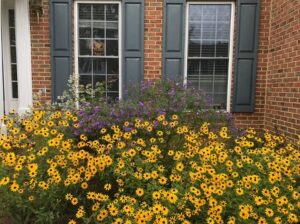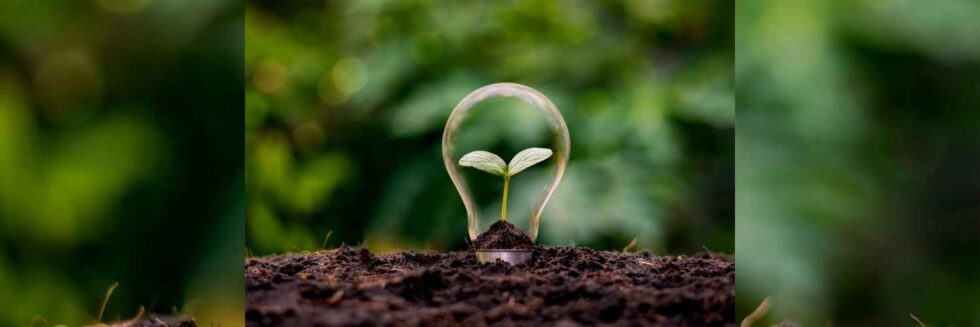By Kali McMorris, Principal, Convent of Mercy Academy “Alpha” When God, through the Holy Spirit,…
Green Tips #4 – Getting Started with Native Plants
Green Tips is a monthly column featuring insights from Jason Giovannettone, Director of Climate & Sustainability for the Sisters of Mercy of the Americas. This series will offer practical, actionable advice to help our schools embrace more eco-friendly practices, aligning with our commitment to the Mercy Critical Concern for Earth.
Incorporating native plants into school environments can be a powerful way to support local ecosystems, provide hands-on learning opportunities, and promote sustainability. Dr. Doug Tallamy, a leading expert on native plants, emphasizes the importance of prioritizing native species over invasive ones. His book Bringing Nature Home highlights how invasive plants disrupt ecosystems, reducing food sources for insects and, in turn, for birds and other wildlife. Schools can play a vital role in reversing this trend by integrating native plants into their landscaping and educational programs.
Why Native Plants Matter for Schools
Many people mistakenly believe that native plants are weeds that spread uncontrollably. However, a plant is only considered a weed if it is out of place. Native plants have evolved alongside local wildlife, making them essential for maintaining ecological balance. In contrast, invasive plants, often chosen for their aesthetic appeal and resistance to insect consumption, provide little to no support for local wildlife. Schools can use native plants to create vibrant outdoor learning spaces that benefit both students and the environment.
How Schools Can Identity Native and Invasive Plants
A great first step is identifying the plants already growing on campus. Schools can use plant identification apps like Picture This to distinguish between native and invasive species. Educators might incorporate plant identification into science lessons, encouraging students to explore their surroundings and learn about local biodiversity, or a student ecological group can explore the campus grounds.
Simple Ways to Get Started
Schools don’t need to overhaul their entire landscape to make an impact. Here are some easy ways to introduce native plants:
- Start small, just to get your hands dirty! Purchase three native plants from a local nursery or online. A few resources:
- Cainta Plant Nursery near Manila in the Philippines
- Arbor Day Foundation in the United States
- Birds Caribbean has great information on native trees and plants in tropical America and northern South America.
- Guam National Wildlife Refuge would be a great place to visit and/or support.
- Search for native plant giveaways in your local neighborhood during the spring season. Religious communities often host these!
- Transform a section of campus. Dedicate an area for a small native plant garden, providing a habitat for pollinators and a living classroom for students. You might even have your native plant garden designated as a Kateri Habitat.
- Let your grass grow a little longer than usual at times and then use the plant identification app to identify any plants other than grass that pop up. I was able to add two native plants to our developing garden this way last summer. And with just a few plants, you can begin to create a nice garden. The many black-eyed Susan flowers shown in the photo below come from just four plants that my family planted two years ago!

Encouraging students to participate in planting and maintaining native gardens fosters environmental stewardship. Over time, even a small commitment to native plants can make a significant difference, attracting pollinators, reducing maintenance costs, and creating a richer learning environment. Schools can lead by example, demonstrating how simple, intentional choices can positively impact local ecosystems.
By embracing native plants, schools can cultivate not just gardens, but also a deeper appreciation for nature among students and staff. A few small changes today can help ensure a healthier, more sustainable tomorrow.
Helpful Hints
- Make a commitment to plant three native plants this spring on campus and in your home garden.
- Use the “Picture This” or other plant identification app to identify at least three native plants (including trees) on your campus, in your card or in a nearby park.




